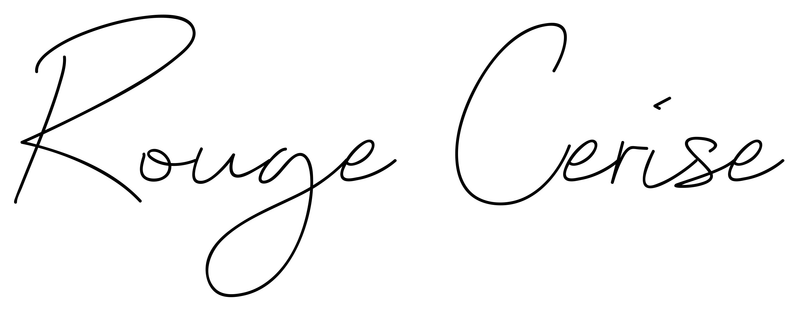1/6 Materials and cut
I wanted to do this series of articles to explain a bit of how it goes in the studio when I'm doing the production. What is close to my heart when I make the choice of materials or assembly techniques. Why I am making these choices. And also to help you better recognize a well-made item. Because everything that goes behind the finished product is important to me. A design or a place of manufacture does not guarantee quality. It is in the actions taken that everything is decided. This series of 6 texts will talk about the '' production '' part of the process.
After the period of drawing, trial and error and correcting patterns, I have to choose the appropriate materials for each style. Over the years, of course, I've found my must-haves. Welded nickel hardware, vegetable-tanned leathers used for handles and shoulder straps, and heavy natural cotton canvas for linings, for example, have been part of every design from the start. Every leather and fabric is different, and while it can be a challenge to find exactly the right materials at times, I never compromise.
With each new collection, I look for leathers suitable for leather goods that will age beautifully. The same goes for fabrics. I search the shops of the smallest traders to find different prints, which will make unique accessories. Outdoor and home textiles are my favorite fabrics. They are sturdy, made to withstand stress and the prints are particularly durable. Since I want to find the rare pearl, the research period can last several weeks.
Back in the workshop, each piece is cut by hand, one at a time, with great precision. The retractable blade knife (Exacto) is my universal cutting tool. Large defects in the leather are bypassed and eliminated, smaller ones that do not compromise the quality of the leather are positioned in a hidden part of the accessories. The textiles are always cut by strictly respecting the lengthwise grain of the fabric, (the direction of the fabric) ensuring a perfect fall.
The provenance of all these materials is very varied. I wish they were all produced in Canada, but that’s impossible. For example, textile factories and tanneries have all but disappeared from the country. As I am looking for a very specific type of product, I have to look internationally. I do business with local suppliers who import high quality materials from all over the world. Environmental standards are thus respected since their own suppliers must be approved. Italian and Brazilian leathers and textiles from Europe and Asia are my favorites.
Every gesture and every choice is of equal importance in the achievement. Each gesture is linked to the previous gestures and will have an influence on the final result. That's why I make sure every step of the way that it's done with care.
Once all the pieces have been cut (for a production, it can take several days!) I move on to the preparations, this will be the subject of my next article!
To read the other articles:

